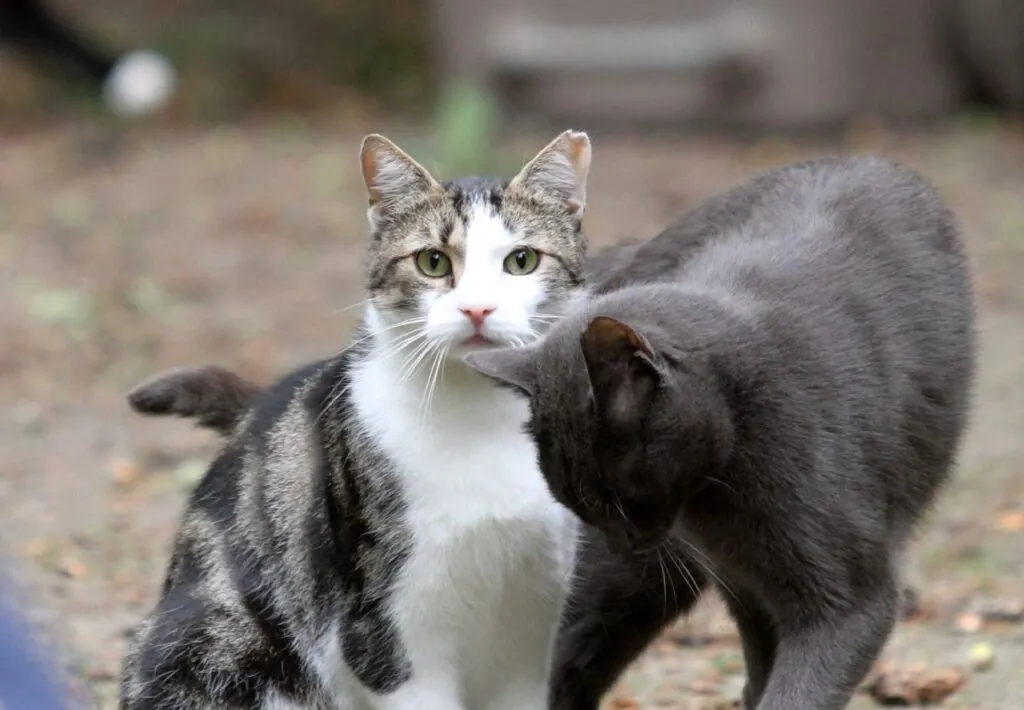No products in the cart.
Blog
How To Introduce a New Cat To Other Pets?
Introducing a new feline friend into your household can be an exciting yet challenging endeavor, especially when you already have other pets. The process of integrating a new cat into your home requires patience, strategy, and a keen understanding of animal behavior. In this article, we will explore effective strategies on how to introduce a new cat to other pets, ensuring a smooth transition for everyone involved.
>>>Read more: How to Ease Your Pet’s Separation Anxiety?
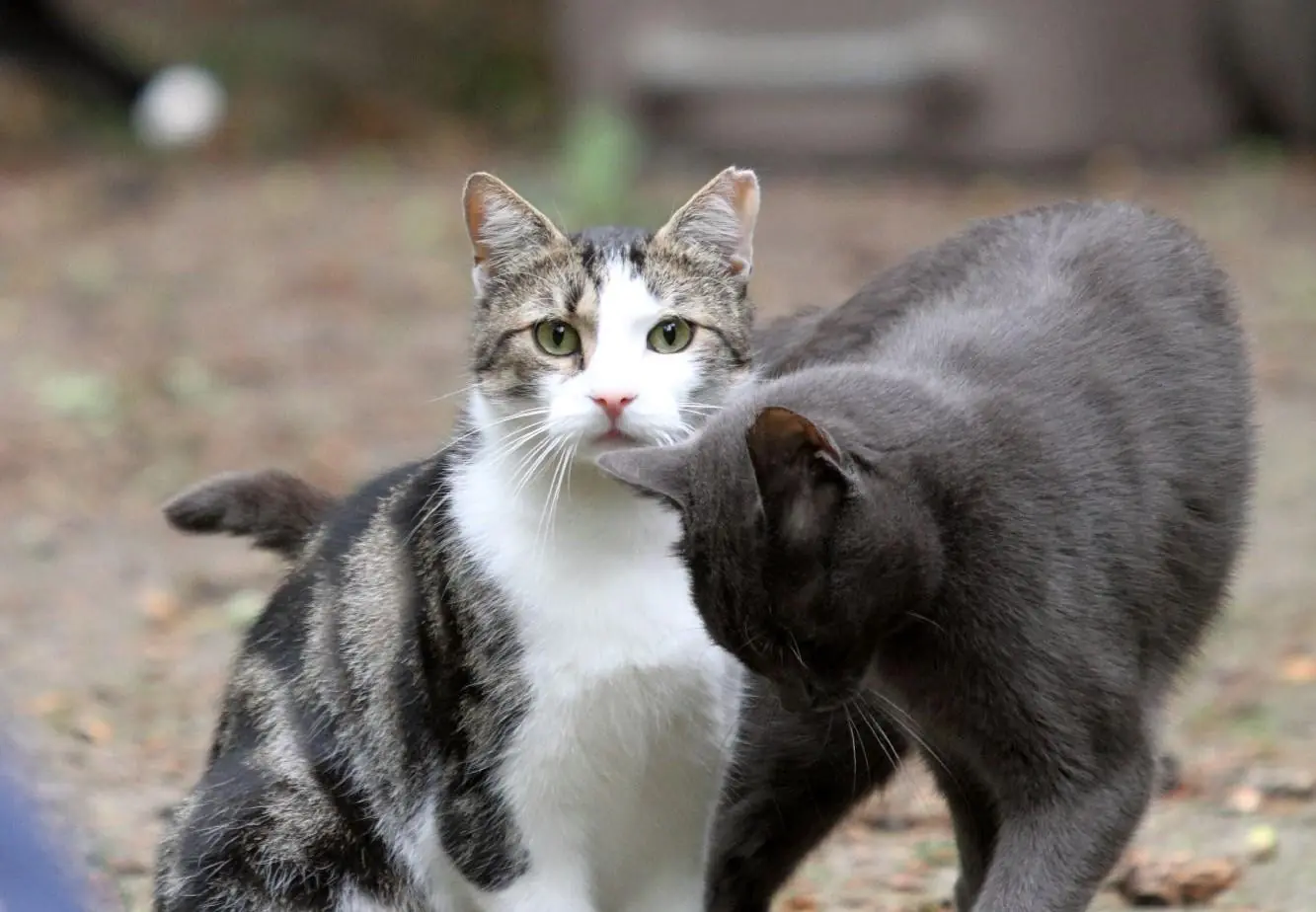
Understanding Pet Dynamics
Before diving into the practical steps for introducing a new cat to your existing pets, it’s essential to grasp the dynamics at play in a multi-pet household. Each pet has its own personality, territorial instincts, and social behaviors that can significantly influence the introduction process.
Recognizing Territorial Behaviors
Territoriality is a natural instinct for many animals. Cats, in particular, can be quite territorial, marking their space with scent glands and vocalizations. When a new cat enters the scene, established pets may react defensively or aggressively to protect their territory.
Understanding these behaviors can help you anticipate potential conflicts. For example, if your resident dog barks excessively or your older cat hisses at the newcomer, these responses are often rooted in a need to assert dominance or reclaim their space. The key to addressing these behaviors lies in gradual introductions, allowing each pet to acclimate to the presence of the other without feeling threatened.
Assessing Your Existing Pets’ Personalities
Each pet has a unique temperament that will affect the introduction process. Some pets are more sociable and adaptable, while others may require additional time and reassurance. Take a moment to evaluate your current pets’ personalities.
For instance, if you have a calm dog who generally enjoys meeting new friends, the introduction may go smoothly. Conversely, if your resident cat is skittish and easily startled, you’ll need to approach the situation with extra caution. By understanding your pets’ personalities, you can tailor your introduction methods to suit their individual needs.
>>>Buy now: 1 Womens Peace Love Cat Hoodie
The Importance of Giving Time
Patience is paramount when introducing a new cat to other pets. Rushing the introduction process can lead to stress and aggressive encounters that could jeopardize relationships among your furry friends.
Allowing time for adjustment is critical. Set aside several weeks for both pets to become accustomed to one another’s scents and sounds before any direct interactions occur. During this time, monitor their reactions and gradually increase their exposure to each other. This slow-paced approach will cultivate a sense of safety and security for all involved.
Creating a Safe Space for the New Cat
A successful introduction begins with ensuring that your new cat feels secure in their new environment. A designated safe space allows them to acclimate away from the chaos of existing pets.
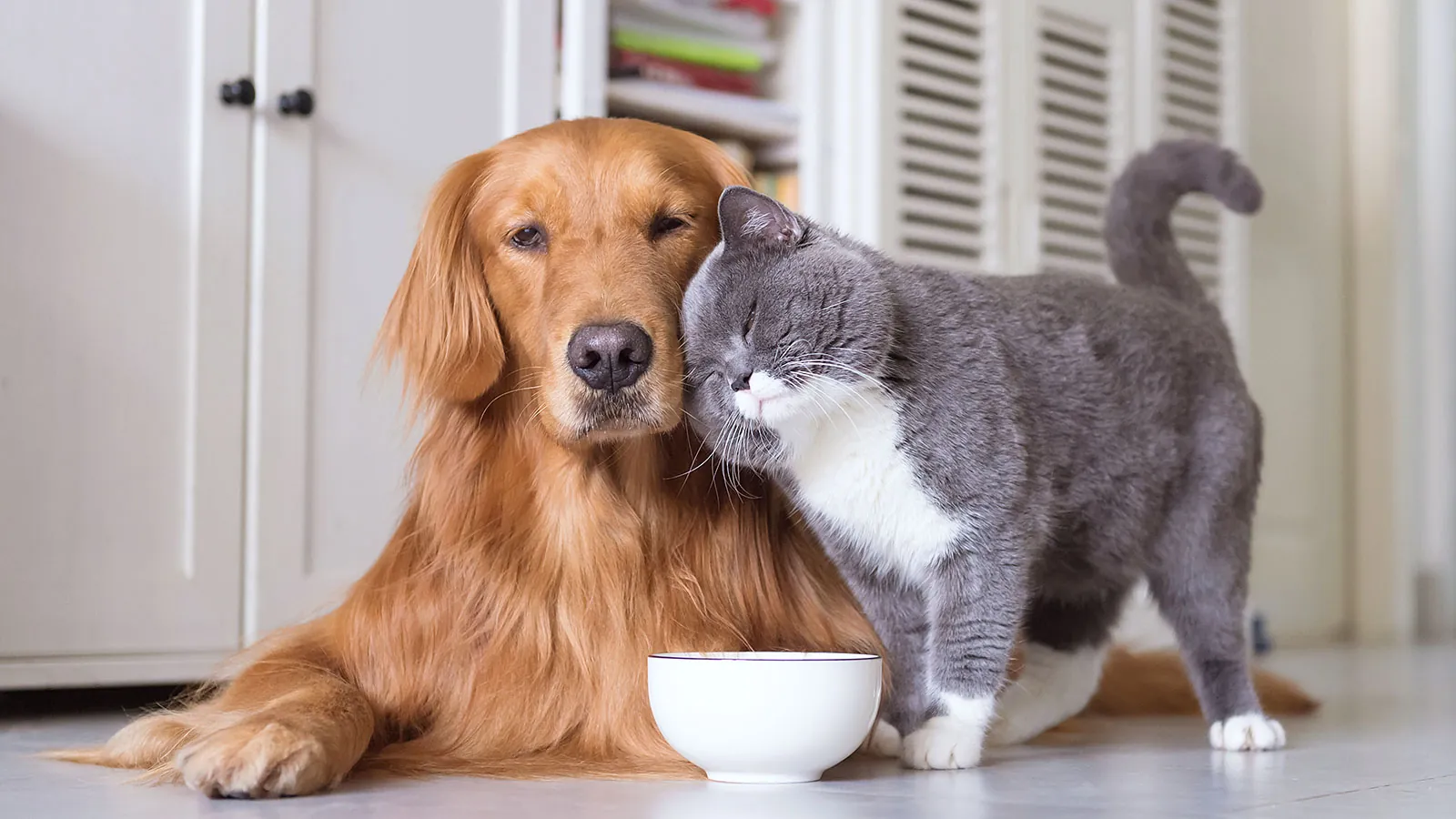
Setting Up a Separate Room
Designate a quiet room in your home as the new cat’s sanctuary. This space should include essentials like food, water, litter boxes, scratching posts, and cozy bedding. It’s crucial to ensure that this area is free from any disturbances by other pets.
The separate room serves as a haven where the new cat can feel secure and observe their surroundings without feeling threatened. Allow them ample time to explore the room, getting accustomed to their new smells and sounds, while occasionally spending time with you for companionship.
Gradual Introductions Through Scent
Scent plays a significant role in how animals communicate. After your new cat has had time to settle into their safe space, begin the process of scent swapping.
You can do this by exchanging blankets or toys between the new cat and your other pets. Place a cloth or toy in the new cat’s area for your other pets to sniff, and vice versa. This exchange helps them become familiar with each other’s scents, reducing anxiety during face-to-face meetings.
Controlled Visual Introductions
Once your pets seem comfortable with each other’s scents, it’s time to introduce them visually. Use baby gates or cracked doors to create a barrier that allows them to see each other without direct contact.
Watch their body language closely during these interactions. If they appear curious and relaxed, you can gradually decrease the distance between them over time. However, if any signs of aggression or fear emerge, it’s essential to revert back to scent exchanges and take additional time before attempting visual introductions again.
Facilitating Positive Interactions
As the two parties grow accustomed to each other’s presence, fostering positive interactions becomes essential. You want to create associations of happiness and safety when they are near one another.
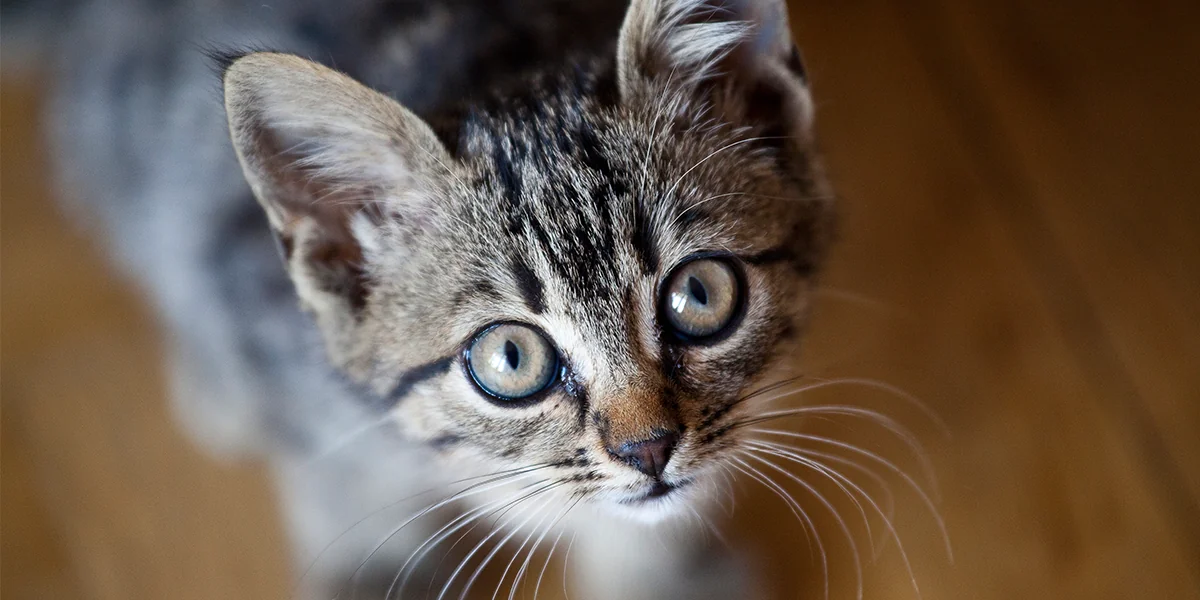
Offering Treats and Praise
When both pets are in proximity to each other, reward them with treats and praise for calm and non-aggressive behaviors. This positive reinforcement helps them associate the presence of the other pet with good experiences.
Keep treats handy during initial interactions. Whenever they exhibit friendly behavior, such as sniffing or sitting calmly, offer instant rewards. Over time, they will begin to form positive associations, making future interactions smoother.
Engaging in Playtime Together
Interactive play can serve as a wonderful bonding experience for your pets. Choose engaging toys—such as feather wands or laser pointers—that can be used to entertain both your new cat and existing pets simultaneously.
Playtime not only distracts them but also encourages them to work together toward a common goal (the elusive toy). This shared experience can help break down barriers and foster camaraderie, paving the way for a thriving multi-pet household.
Monitoring Body Language
As interactions progress, keep an eye on the body language of both pets. Watch for signs of stress, such as excessive hissing, barking, ears pinned back, or tail twitching. If you notice any of these behaviors, it’s crucial to intervene promptly to avoid escalation.
Redirect their attention with treats, toys, or even a brief separation to allow for cooling off. Continuously assessing their comfort level throughout the introduction process will help maintain harmony within your home.
Addressing Behavioral Issues
Despite your best efforts, issues may arise during the introduction of a new cat to existing pets. Being prepared to address these challenges effectively can prevent long-term problems.
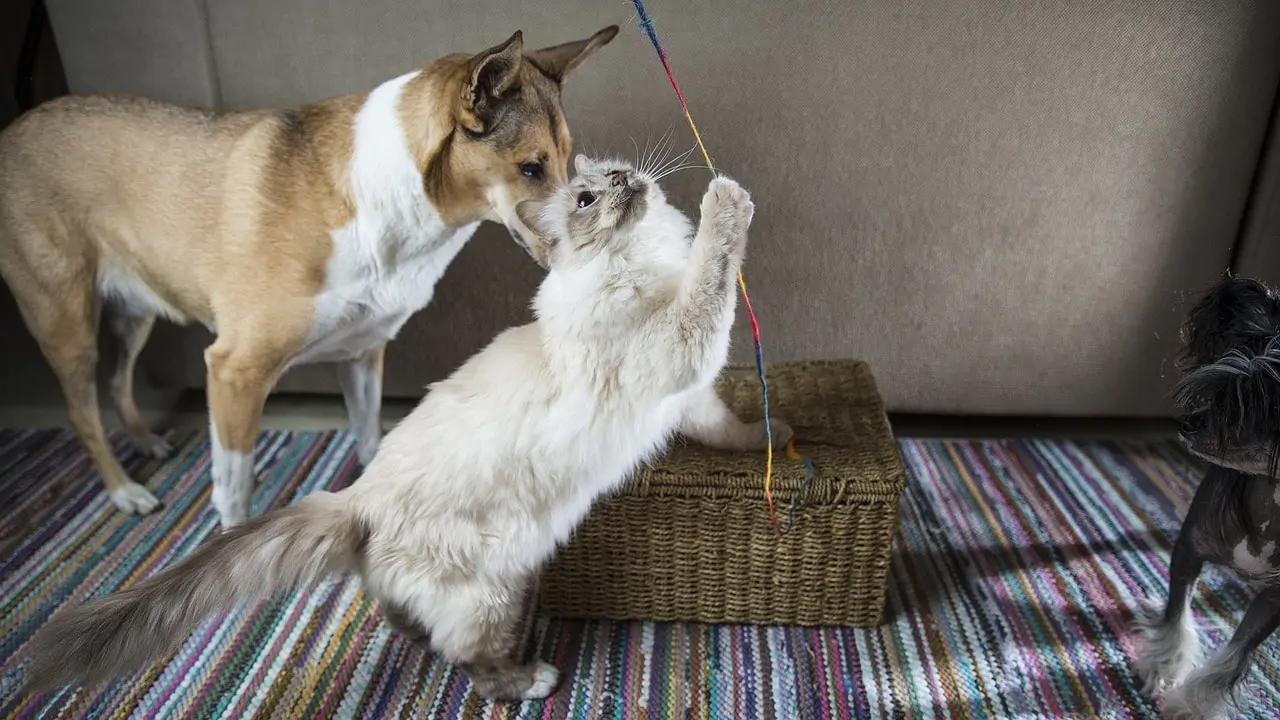
Dealing with Aggression
Aggressive behaviors can manifest in various forms, from hissing to outright fighting. When faced with aggression, it’s vital to remain calm and avoid punishing either pet, as this can exacerbate anxiety and hostility. Instead, separate them immediately and provide time apart to cool down.
Afterward, assess the situation. Is the aggression stemming from territorial disputes, fear, or protective instincts? Identifying the root cause will guide you in rethinking your approach. In some cases, seeking the assistance of a professional animal behaviorist may be necessary for persistent aggression.
Managing Anxiety
Introducing a new cat can be stressful for both the newcomer and your existing pets. Signs of anxiety can include hiding, excessive grooming, or vocalization. To manage anxiety, continue providing a safe space and distractions like toys or puzzle feeders for mental stimulation.
Consider incorporating calming products, such as pheromone sprays or diffusers, which can help reduce stress levels. Creating a peaceful environment will promote relaxation and ease the introduction process.
Maintaining Ongoing Relationships
Remember that the introduction doesn’t stop once your pets seem comfortable around each other. Maintain ongoing relationships through consistent interaction. Regular play sessions, treat sharing, and supervised time together will solidify their bonds over time.
Don’t forget to give each pet individual attention, ensuring no one feels neglected. Consistent socialization and care will help foster lasting friendships among your furry companions well beyond the introductory phase.
FAQs
What should I do if my existing pet is aggressive towards the new cat?
If your resident pet shows aggression, separate them immediately to avoid escalating the situation. Give both pets time apart to calm down, then revisit the introduction process using slower, more gradual methods. Consider consulting a veterinarian or animal behaviorist for tailored advice.
How long does it usually take to introduce a new cat to other pets?
The timeline can vary greatly depending on the personalities of your pets. Generally, you should expect the introduction process to take anywhere from a few weeks to a couple of months. Patience and observation are key factors in determining the right pace for your pets.
Can I use treats during the introduction process?
Absolutely! Using treats during the introduction process can help create positive associations between your new cat and existing pets. Reward calm behavior and gradual acceptance with treats to reinforce friendly interactions.
Is it normal for my pets to hiss or growl during the introduction?
Yes, hissing and growling are common reactions as pets establish boundaries. These behaviors are often temporary and indicate that your pets are communicating their discomfort. Monitor the situation and give them time to adjust.
Should I supervise interactions between the new cat and my other pets?
Supervising all initial interactions is crucial for maintaining safety. Be present during their interactions to intervene if necessary. Once you are confident in their ability to coexist peacefully, you can gradually allow unsupervised time together.
Conclusion
In conclusion, understanding how to introduce a new cat to other pets is essential for creating a harmonious household. By recognizing individual personalities, preparing a safe environment, and facilitating positive interactions, you set the stage for successful integration. Patience, consistency, and love play pivotal roles in easing anxiety and building bonds among your furry friends. Remember, every pet is unique, and the journey may take time, but the reward of a happy multi-pet home is undoubtedly worth the effort. With the right approach, you’ll soon witness the blossoming of friendships that enrich your household.


